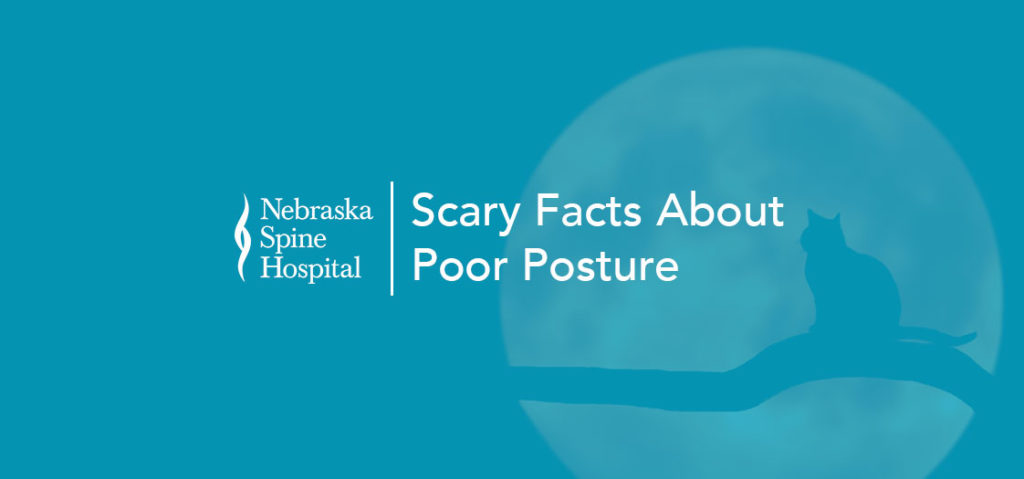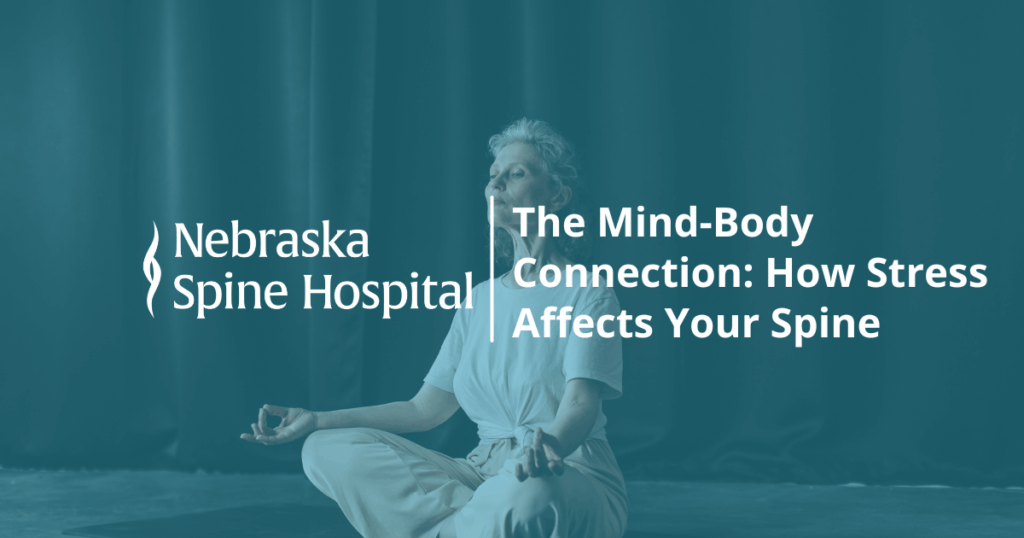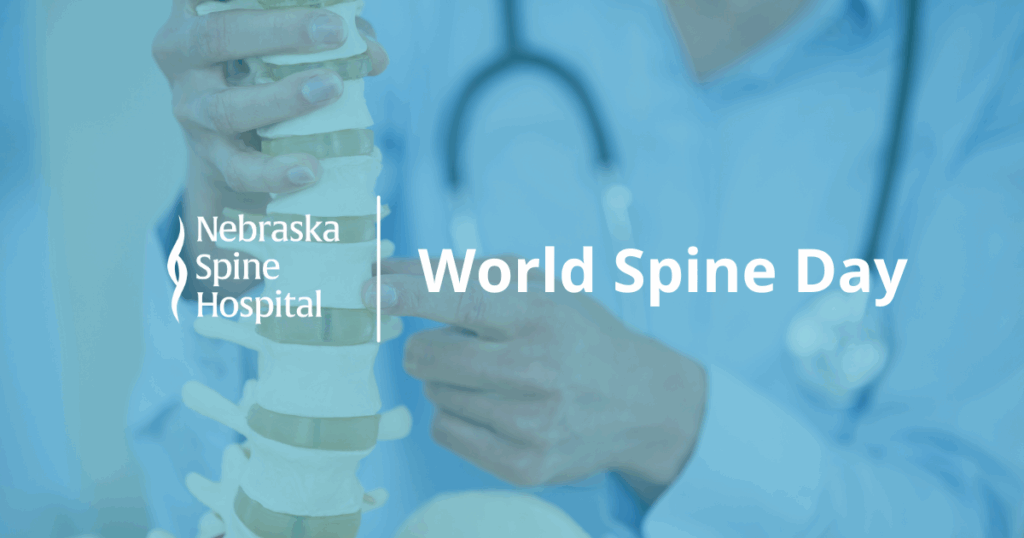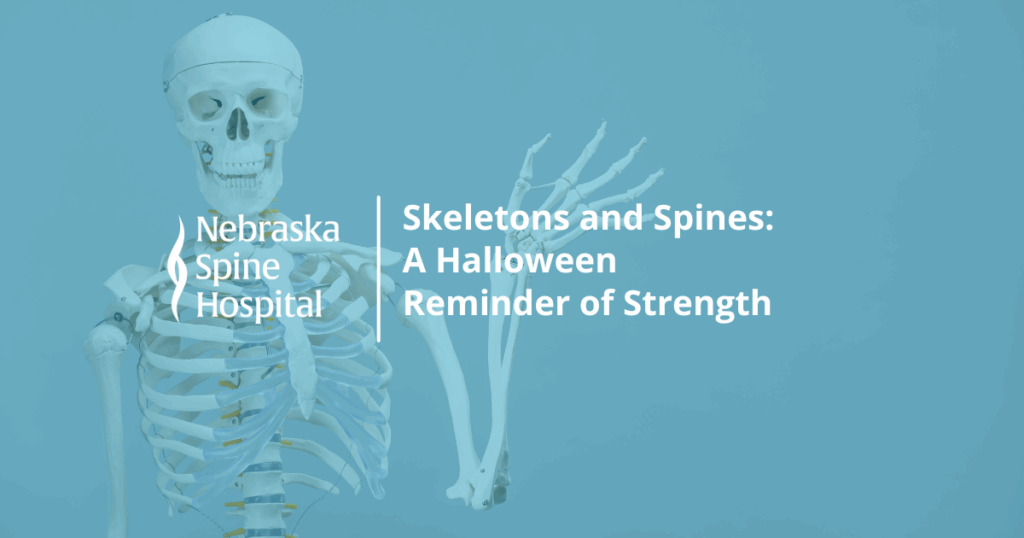With Halloween right around the corner, we thought we’d get into the spirit and spook you with some facts about poor posture. The side effects of poor posture aren’t pretty but before we get into the scary details, let’s cover what proper posture is.[bctt tweet=”Over time, poor posture can change the anatomical structure of your spine.” username=”NESpineHospital”]
Proper posture while standing:
- Stand up straight with your hands at your sides. Slowly begin to arch your back, causing your stomach muscles to elongate. Gently focus on drawing your belly button into your spine. You should feel like your lower back, upper torso, and shoulders are all in alignment over your heels.
- Now, rotate your shoulders so that your thumbs are facing away from your body while simultaneously drawing your shoulder blades together.
- Relax the muscles in your neck and look up until your ears align with your shoulders. It is important to relax your jaw and breathe deeply through your mouth and nose.
Proper posture while sitting:
- Sit with your back straight and shoulders back.
- Ensure your body weight is distributed evenly on both hips.
- Bend your knees at a 90-degree angle, keeping the height of your knees even with your hips.
- Rest your feet flat on the floor or a footrest, if needed, to keep your knees aligned with your hips.
- Try to not sit in the same position for more than 30 minutes.
Now that we’ve covered how your posture should be, let’s get into the gory details of what will happen if you have poor posture.
Muscle Soreness
Muscle soreness is a common side effect of poor posture. When you slouch, you’re making your muscles work harder to stabilize your spine. The extra stress causes both muscle tightness and fatigue, and can lead to chronic muscle pain.
Nerve Constriction
The nerves surrounding your spine can become constricted with poor posture. Because slouching alters your spine’s natural shape, it can increase the pressure placed on the spinal nerves in certain areas. These pinched nerves can result in neck or back pain, and even pain in other areas of your body.
Back Pain
While you may not experience pain after a few hours of poor posture, if you have a habit of slouching for months or even years, back pain will likely surface. Did you know that leaning forward just 30 degrees puts 3 to 4 times more strain on your spine? Over time, that added stress can cause unnecessary wear on your spine’s ligaments and discs, resulting in back pain.[bctt tweet=”Leaning forward just 30 degrees puts 3 to 4 times more strain on your spine.” username=”NESpineHospital”]
Similar to the nerve constriction mentioned above, poor posture places added stress to different areas of the spine and can, in time, actually change the anatomical structure of your spine.
Below are a few guidelines to help you decipher if your back pain is caused by poor posture.
- The pain worsens at certain times of day.
- The pain starts in your neck and works its way down to your upper and lower back.
- The pain subsides shortly after switching positions.
- The pain is sudden and coincides with a new job, chair, or car.
As you can see, poor posture can be detrimental to your overall health. So, next time you find yourself slouching at your desk, we hope these facts will scare you into an upright position!
If you or anyone you know is currently experiencing the symptoms above, please reach out to your family physician to discuss your options.










